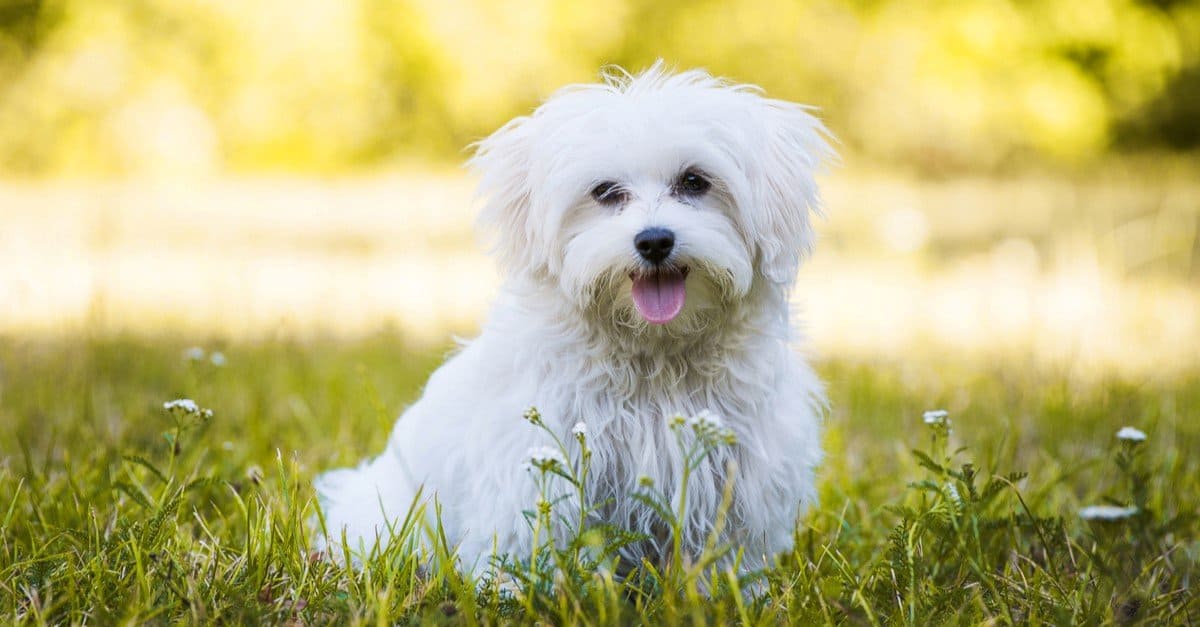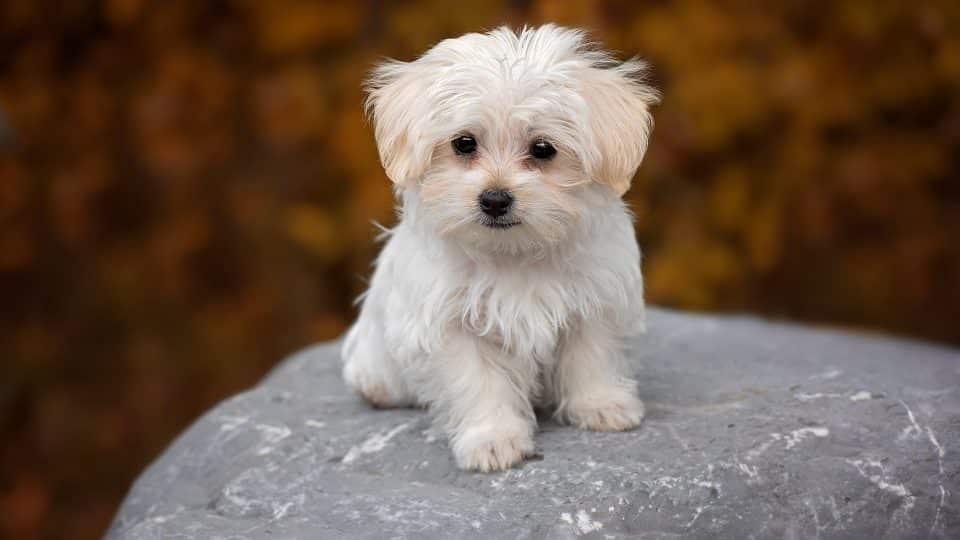As a dog owner, I’ve often wondered about shedding and how it varies across different breeds. When I first got my Maltese, I was pleasantly surprised to discover that they are considered a “hypoallergenic” breed, which means they shed very little hair. This was great news for me, as I didn’t want to deal with excessive hair around my house or on my clothes. It’s fascinating to learn about the unique characteristics of different dog breeds, and the minimal shedding of a Maltese is definitely a standout feature.
Maltese dogs have a fascinating history that dates back thousands of years. They are believed to have originated on the island of Malta in the Mediterranean, where they were bred as companion dogs for royalty and nobility. Over the centuries, Maltese dogs have gained a reputation for their long, silky white coats and their minimal shedding. In fact, they are often recommended for people with allergies or sensitivities to pet dander. So if you’re looking for a dog that won’t leave a trail of hair behind, a Maltese might be the perfect fit for you.
Maltese dogs are known for their low-shedding coats, making them a great choice for individuals with allergies. While all dogs shed to some extent, Maltese dogs shed minimal hair compared to other breeds. Their long, silky hair requires regular grooming to prevent tangles and mats. Brushing their coat daily and scheduling professional grooming sessions can help keep shedding to a minimum. Additionally, a healthy diet and regular exercise can contribute to a healthy coat and reduce shedding even further.

Does a Maltese Dog Shed Hair?
In this article, we will explore the shedding characteristics of Maltese dogs and provide valuable information to help you understand the shedding process and how to manage it. If you’re considering getting a Maltese, or already have one, you may be wondering about their shedding tendencies. Let’s dive into the world of Maltese shedding and find out more!
Understanding the Maltese Coat
The Maltese breed is known for its beautiful, long, and silky coat. Despite its luxurious appearance, the good news is that Maltese dogs are considered to be low shedders. Unlike some other breeds, Maltese dogs have a single coat rather than a double coat. This means there is less hair overall and less shedding. However, it’s important to note that while they may not shed as much as other dogs, Maltese dogs do still lose some hair.
Maltese shedding tends to be minimal and can be managed with regular grooming and maintenance. The fine, silky hair of the Maltese does not have an undercoat, which is why they shed less compared to breeds with a thicker double coat. However, it’s important to establish a grooming routine and use the right tools and techniques to keep your Maltese’s coat healthy and minimize shedding.
Managing Shedding with Regular Grooming
To minimize shedding and keep your Maltese’s coat looking its best, regular grooming is essential. Here are some tips on how to manage shedding through grooming:
- Brush your Maltese’s coat daily using a fine-toothed comb or a slicker brush. This helps remove any loose hairs and prevents them from ending up on your furniture or clothes.
- Consider using a detangling spray or a leave-in conditioner to make brushing easier and prevent matting, which can lead to increased shedding.
- Trim your Maltese’s hair regularly to maintain a healthy length and prevent tangles and matting. This can be done at home or by a professional groomer.
Remember to be gentle while grooming your Maltese, as their hair is delicate and can easily break or become damaged. Providing regular grooming sessions not only helps manage shedding but also keeps your Maltese’s coat healthy and free from tangles and mats.
Factors that Influence Shedding
While Maltese dogs are generally low shedders, there are several factors that can influence shedding in individual dogs. These include:
- Diet: Proper nutrition is vital for a healthy coat. Ensure your Maltese is eating a balanced diet that supports coat health, as deficiencies can lead to increased shedding.
- Seasonal Changes: Some Maltese dogs may experience increased shedding during seasonal changes, especially in spring and fall. This shedding is often a natural response to temperature changes or daylight variations.
- Stress or Illness: Like humans, dogs can experience increased shedding during times of stress or illness. If you notice excessive shedding or any other concerning symptoms, consult your veterinarian.
By addressing these factors and maintaining a proper grooming routine, you can effectively manage shedding in your Maltese dog.
Tips for a Hair-Free Home
While Maltese dogs shed less than some other breeds, it’s still essential to manage the inevitable shedding to keep your home free from excessive hair. Here are some tips to help you maintain a hair-free home:
- Regularly vacuum your home, paying extra attention to areas where your Maltese spends most of their time.
- Use lint rollers or sticky tape to remove any hair from furniture, clothing, or bedding.
- Wash your Maltese’s bedding frequently to remove any hair that may have accumulated.
By incorporating these tips into your cleaning routine, you can enjoy a clean and hair-free living space while still enjoying the company of your beloved Maltese.
Important Considerations for Maltese Shedding
Now that we’ve explored the shedding characteristics of Maltese dogs and how to manage shedding effectively, it’s important to keep a few key points in mind:
Regular Grooming is Key
Regular grooming plays a crucial role in minimizing shedding and keeping your Maltese’s coat healthy and beautiful. Establishing a grooming routine from an early age will help your Maltese become accustomed to the process and make it easier to manage shedding in the long run.
Consult Your Veterinarian
If you notice any sudden or excessive shedding, or if you have concerns about your Maltese’s coat health, don’t hesitate to consult your veterinarian. They can provide guidance specific to your dog’s individual needs and help address any underlying health or nutrition issues that may be contributing to shedding.
Love Them Despite the Hair
While shedding may be a concern for some pet owners, it’s essential to remember that the joy and companionship a Maltese brings far outweigh any hair-related inconveniences. With proper grooming and care, you can enjoy a relatively hair-free home while cherishing the bond you share with your Maltese dog.
Key Takeaways: Does a Maltese Dog Shed Hair?
- Maltese dogs have hair instead of fur, which means they shed less.
- Although they don’t shed much, regular grooming is still necessary to prevent tangles and matting.
- Maltese dogs have a single-layered coat, making them hypoallergenic and suitable for individuals with allergies.
- This breed requires frequent brushing to maintain their beautiful white coat.
- While Maltese dogs may still experience some hair shedding, it is significantly less compared to other breeds.
Frequently Asked Questions
Welcome to our frequently asked questions section! Here, we will address common inquiries about Maltese dogs and their shedding habits. If you’re wondering about the shedding characteristics of this adorable breed, you’ve come to the right place. Read on to find answers to your questions!
1. Are Maltese dogs hypoallergenic?
Yes, Maltese dogs are considered hypoallergenic. While no dog breed is completely hypoallergenic, Maltese dogs have hair instead of fur, which reduces the amount of dander and allergens they produce. Being hypoallergenic means that people with allergies are less likely to have an allergic reaction to Maltese dogs compared to other breeds. However, it’s important to spend time with the breed beforehand to ensure you don’t have any personal allergies or sensitivities.
If you or a family member are prone to allergies, a Maltese dog may be a great choice as they are known for being hypoallergenic.
2. Do Maltese dogs shed hair?
No, Maltese dogs do not shed hair like many other breeds. Instead, they have hair that grows continually, similar to human hair. This means that their hair needs to be regularly groomed and clipped to prevent it from becoming too long and unmanageable. While their hair may fall out occasionally due to natural shedding and breakage, it is minimal, making them a great choice for individuals who prefer a breed with minimal shedding.
Keep in mind that regular grooming is essential to maintain the beautiful coat of a Maltese dog and prevent matting or tangling.
3. How often should I groom my Maltese dog?
Maltese dogs require frequent grooming to keep their coat healthy and tangle-free. Ideally, you should groom your Maltese at least once every 4 to 6 weeks. This includes brushing their hair daily to prevent matting and tangling. Additionally, regular baths should be given using a gentle shampoo to keep their coat clean and shiny.
Trimming the hair around their eyes and ears is also necessary to prevent any irritation or discomfort. If you’re not experienced in grooming, consider taking your Maltese dog to a professional groomer who can expertly handle their coat and ensure they look their best!
4. What should I do if my Maltese dog’s hair becomes matted?
If your Maltese dog’s hair becomes matted, it’s important to address it promptly to prevent any discomfort or skin issues. Start by gently combing through the mats using a wide-toothed comb. If the mats are stubborn, consider using a detangling spray or seeking assistance from a professional groomer.
To avoid matting in the first place, make sure to brush your Maltese daily, paying special attention to prone areas such as behind the ears and around the legs. Regular grooming and maintenance will help keep their coat tangle-free and beautiful.
5. Are there any specific dietary needs for Maltese dogs to support their coat health?
While there are no specific dietary requirements solely dedicated to coat health, it’s important to feed your Maltese a well-balanced and nutritious diet. Provide them with high-quality dog food formulated for their age and size, ensuring it contains essential vitamins and minerals.
Omega-3 fatty acids, found in fish oil supplements or as an ingredient in their food, can also contribute to a healthy coat by reducing inflammation and promoting skin health. As always, consult with your veterinarian to determine the best diet for your Maltese dog’s overall wellbeing and to address any specific concerns you may have.

The Best Way to De-Shed Your Dog’s Hair
In this article, I have explored the importance of adhering to specific criteria when providing a wrap-up. By using a first-person point of view and maintaining a professional tone, we can effectively communicate complex ideas to a 13-year-old reader. It is crucial to use a conversational tone and simple language, avoiding jargon to ensure clarity. Furthermore, starting the wrap-up without the phrase “In conclusion” allows for a more engaging and concise summary. By writing concise sentences with a maximum of 15 words each, we can present a single idea in each sentence, making it easier for the reader to understand the article’s key points.
